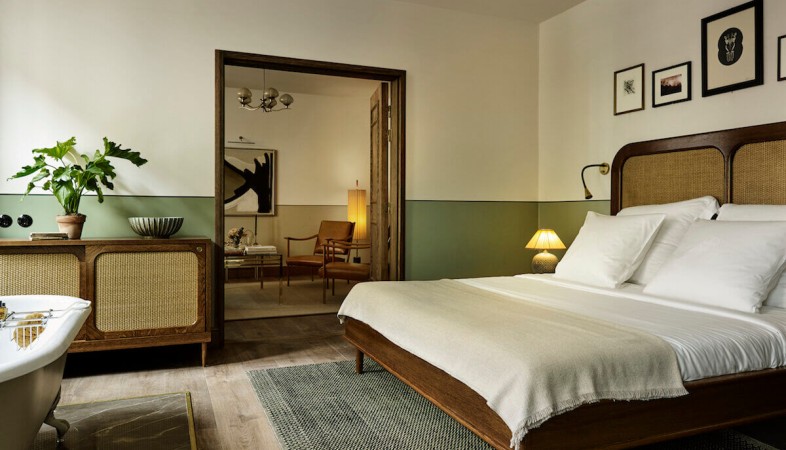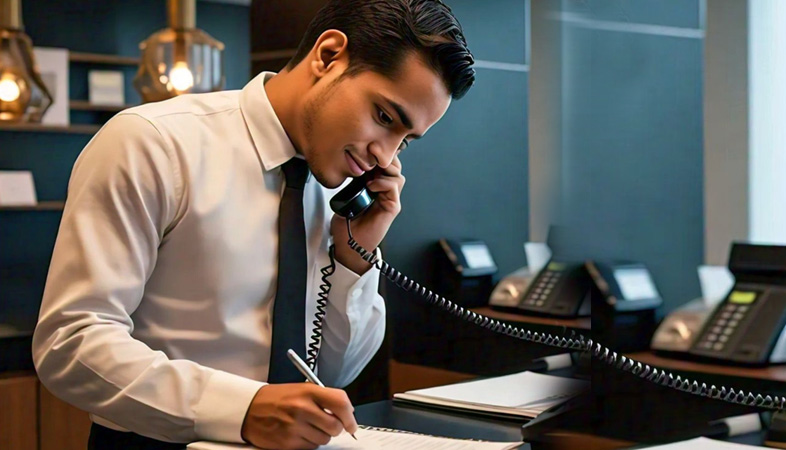Color Me Happy: The Psychology of Colorful Restaurant Interiors
From bold and vibrant hues to soft and soothing tones, the colors used in restaurant interiors have a profound impact on diners' emotions, behaviors, and perceptions.
When it comes to creating a memorable dining experience, the
color scheme of a restaurant plays a crucial role in setting the mood and
shaping the overall ambiance. From bold and vibrant hues to soft and soothing
tones, the colors used in restaurant interiors have a profound impact on
diners' emotions, behaviors, and perceptions. Let's delve into the psychology
of colorful restaurant interiors and explore how different colors can evoke specific
feelings and enhance the dining experience.
1. Red: Known for its association with passion, energy, and excitement, red is a bold and attention-grabbing color often used in restaurant interiors to stimulate appetite and create a sense of urgency. Red can increase heart rate and blood pressure, making diners feel more alert and energized. However, too much red can be overwhelming, so it's often used as an accent color rather than the dominant hue.
2. Yellow: Symbolizing happiness, optimism, and warmth, yellow is a cheerful and inviting color that can evoke feelings of joy and positivity. Yellow is often used in restaurant interiors to create a welcoming and upbeat atmosphere, making diners feel comfortable and relaxed. It's particularly effective in breakfast and brunch spots, where it can evoke the feeling of a sunny morning.
3. Blue: Associated with tranquility, serenity, and calmness, blue is a soothing and peaceful color often used in restaurant interiors to promote relaxation and reduce stress. Blue can also curb appetite, making it a popular choice for health-focused eateries. However, too much blue can feel cold and uninviting, so it's often paired with warmer tones or used in moderation.
4. Green: Symbolizing nature, freshness, and vitality, green is a refreshing and rejuvenating color that can evoke feelings of health and well-being. Green is often used in restaurant interiors to create a connection to nature and promote a sense of harmony and balance. It's particularly effective in vegetarian and vegan restaurants, where it can reinforce the message of sustainability and eco-friendliness.
5. Orange: Combining the energy of red with the warmth of yellow, orange is a vibrant and energetic color that can stimulate appetite and promote sociability. Orange is often used in restaurant interiors to create a lively and convivial atmosphere, making diners feel more outgoing and sociable. It's particularly effective in casual dining establishments and fast-food chains.
6. Purple: Symbolizing luxury, sophistication, and creativity, purple is a rich and opulent color often used in restaurant interiors to create a sense of elegance and exclusivity. Purple can stimulate the imagination and evoke feelings of indulgence and extravagance. It's often used in fine dining establishments and upscale eateries to enhance the dining experience and create a memorable atmosphere.
The psychology of colorful restaurant interiors demonstrates the profound impact that color can have on diners' emotions, behaviors, and perceptions. By understanding the psychological effects of different colors, restaurant owners and designers can create spaces that not only look visually appealing but also enhance the dining experience and leave a lasting impression on guests. Whether it's stimulating appetite with bold reds, promoting relaxation with soothing blues, or evoking elegance with luxurious purples, the strategic use of color can elevate restaurant interiors to new heights of style and sophistication.
.png)


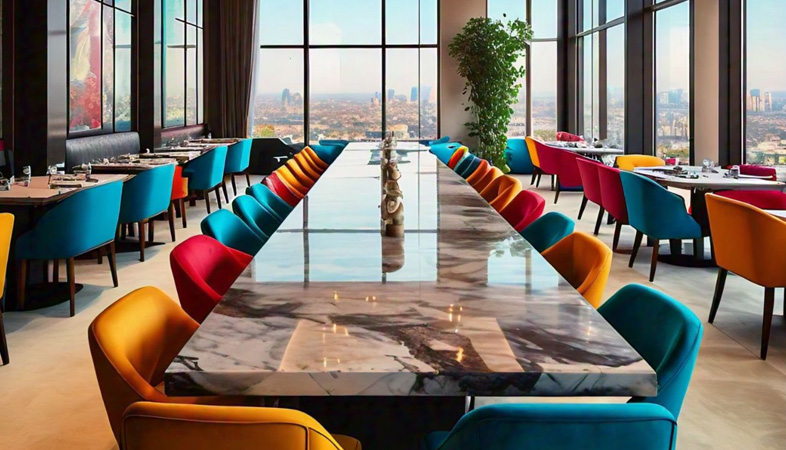











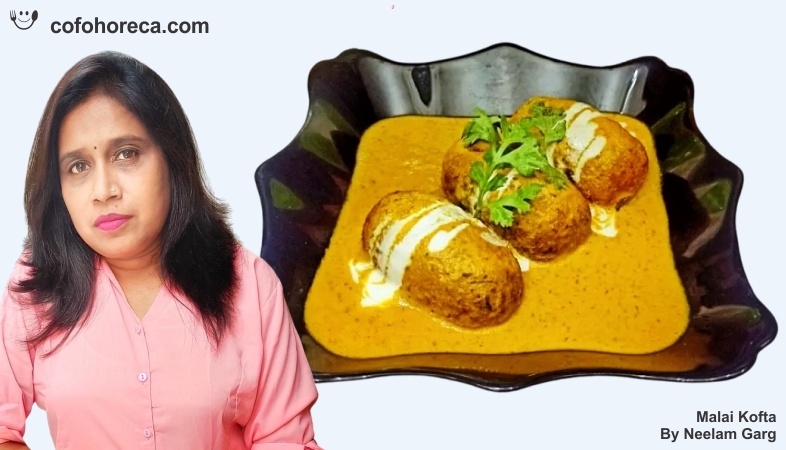
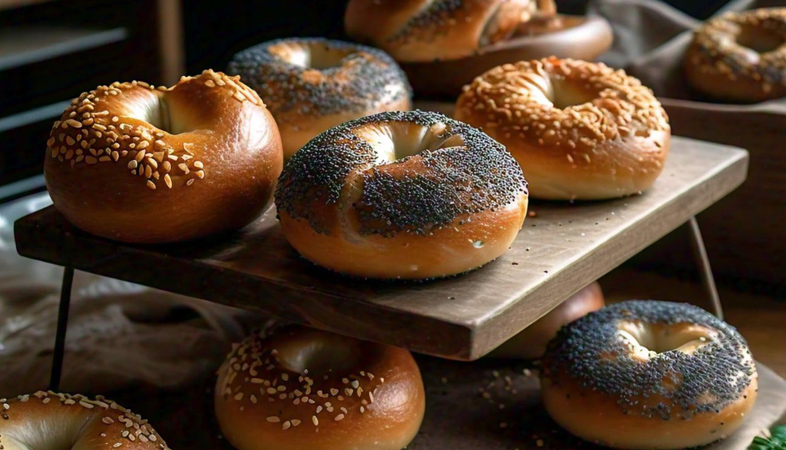
.jpg)



